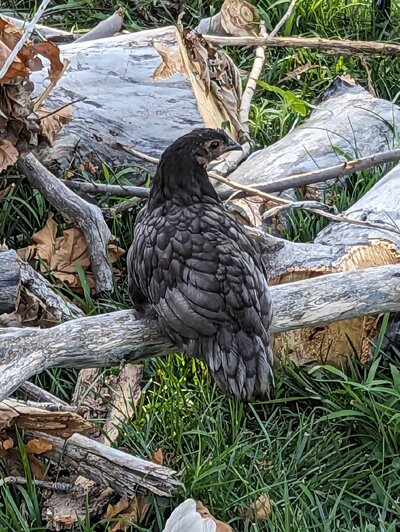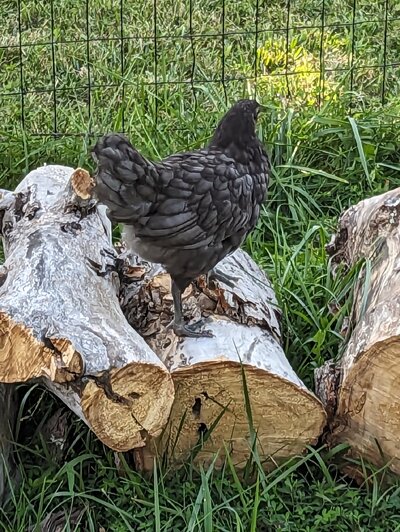moMoney_moChickens
Hatching
- Aug 28, 2023
- 7
- 1
- 9
I inherited a baby chicken, wasn't told anything about her. She is very pretty but I cannot for the life of me figure out what she is. She looks similar to our lavender Orpington, but she doesn't have the butt floof like the Orpington does. Black legs. Any thoughts?





